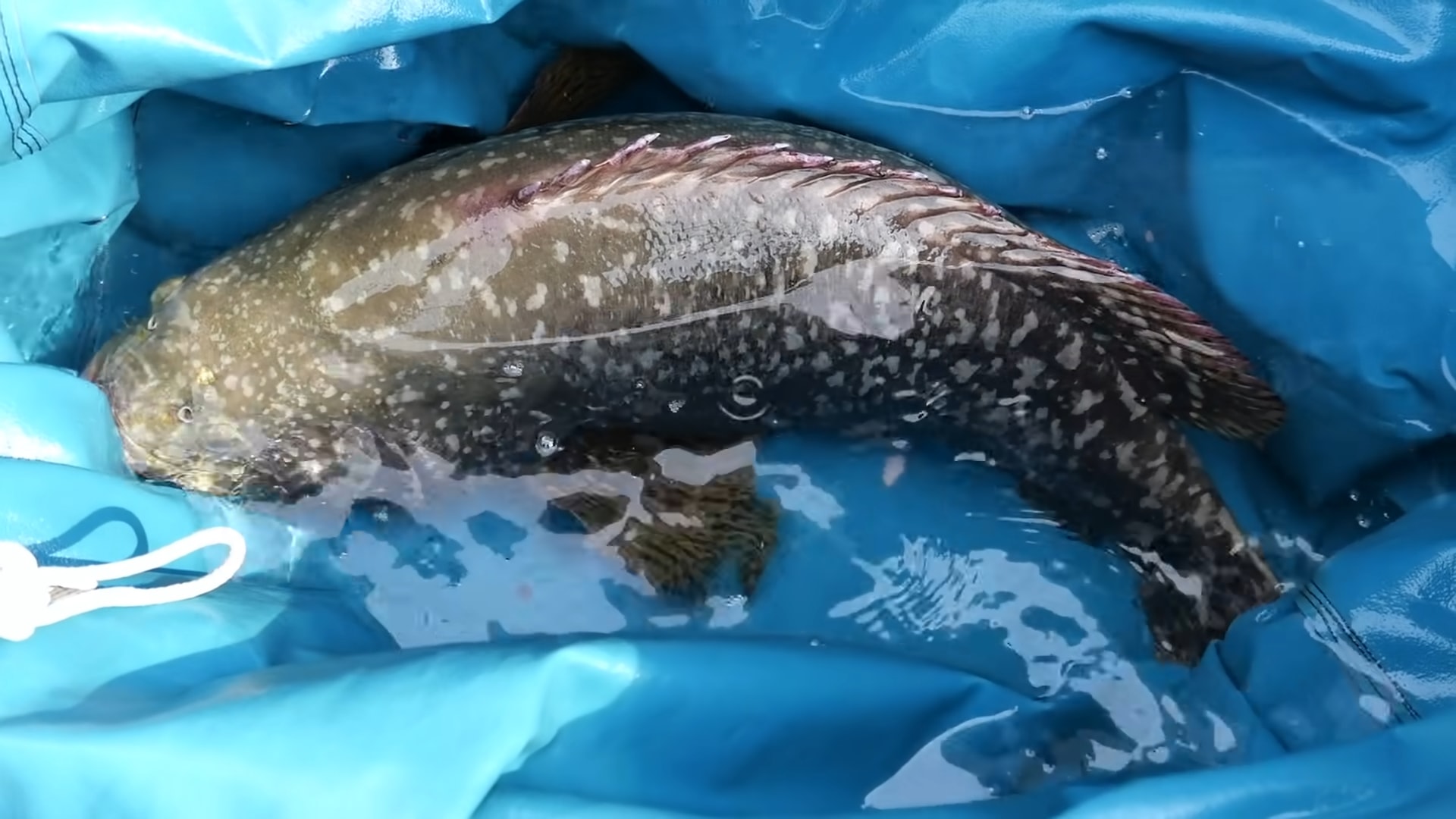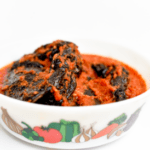If you are someone who thinks Swai and Basa fish are the same, there is still a lot that you need to learn about the marketing tactics of the fish industry.
If it makes you feel any better, I thought so too.
Generally speaking, Swai and Basa may look similar, but they come from two different species. However, due to the growing competition, fraudulent business practices, and unethical smear campaigns, they are often coined and marketed as the same. But that’s a topic for another time.
This article will give you a rundown of the basics of Swai vs Basa fish. Comparing their differences and similarities along the way.
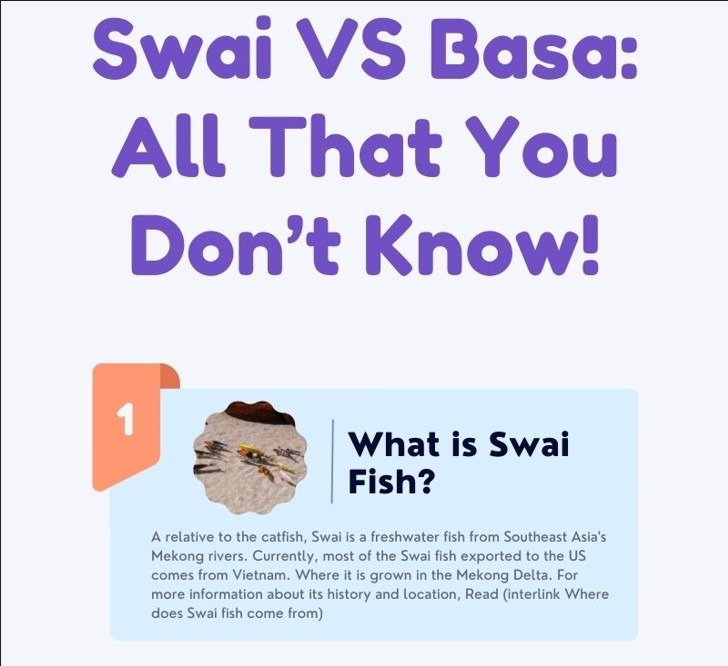

What is Swai Fish?
A relative to the catfish, Swai is a freshwater fish from Southeast Asia’s Mekong rivers.
Currently, most of the Swai fish exported to the US comes from Vietnam. Where it is grown in the Mekong Delta. For more information about its history and location, see also Where does Swai fish come from?
Swai fish is called by many different names. Asian catfish, Vietnamese catfish, and sometimes wrongfully Basa fish and Iridescent shark, as it’s neither a Basa nor a shark. In the local Vietnamese market, it’s commonly known as Tra.
Compared to Catfish, Swai fish does not look like a catfish from the Ictaluridae family. It does not have the typically large mouth of the bottom feeders or the cat-like whiskers. It does, however, taste quite similar.
Talking about taste, Swai fish can easily be compared to other white fish, like sole, flounder, and group. This means the same quality taste for less than a quarter the price. While this is a win-win situation for a consumer. This also opens the gate for a lot of fraudulent businesses.
Since most Swai fish come filleted and frozen in the US, selling it under the wrong label is more accessible due to low traceability. Often, this happens by mistake; however, in most cases, the fraud is apparent.
An extensive report by Oceana reveals that the Asian catfish is the most substituted fish in the world and is often disguised as 18 high-profile fish worldwide.
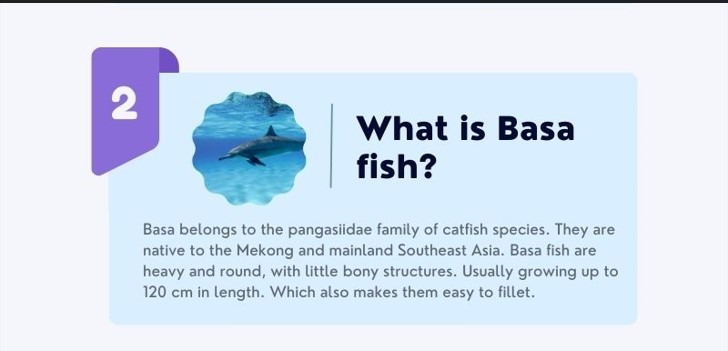

When raw, Swai is delicate and tender to the touch, with a slight off-white tinge. Despite its tenderness, the meat of the swai fish holds well after cooking, without falling apart. That does not mean that it turns chewy; it instead turns into what people love most about Swai: flaky, juicy, and tender all at the same time.
But that’s not all; Swai is a mild-tasting fish, which means it takes up all kinds of flavoring well, making it adaptable to most cuisines and dishes and an excellent substitute for other mild-tasting fishes to its affordability.
The best part about Swai is its cost and availability. Swai is readily available in the markets, cleaned, fileted, and ready to cook for less than 2 dollars a pound.
You may also like: Tilapia vs Catfish? Which One is Best and 3 Reasons Why!
What is Basa fish?
Basa belongs to the pangasiidae family of catfish species. They are native to the Mekong and mainland Southeast Asia.
Unlike other local freshwater fish grown in ponds, Basa is raised alongside the Mekong river. The farmers have set up cages alongside the river banks where the fish is caught and kept until it’s big enough to be sold—feeding on whatever wild fish and plant material is available.
The fast-flowing waters of the Mekong have resulted in giving Basa a fresh and clean flavor. Free from the stench of algae that is common in fish grown in the stagnant water of artificial ponds, according to research.
This practice of farming keeps the fish in its natural habitat. It also reduces the risk of using pesticides and other chemical additives commonly used to keep the ponds clean and free from bacterial growth.
Basa fish are heavy and round, with little bony structures. Usually growing up to 120 cm in length. Which also makes them easy to fillet.
In terms of taste, Basa is a mild-tasting fish. It can easily be compared as a more affordable alternative to cod and haddock in terms of taste and texture.
Now that you know what is Swai and what is Basa, here’s a quick overview of the differences and similarities as we discuss Swai vs Basa.
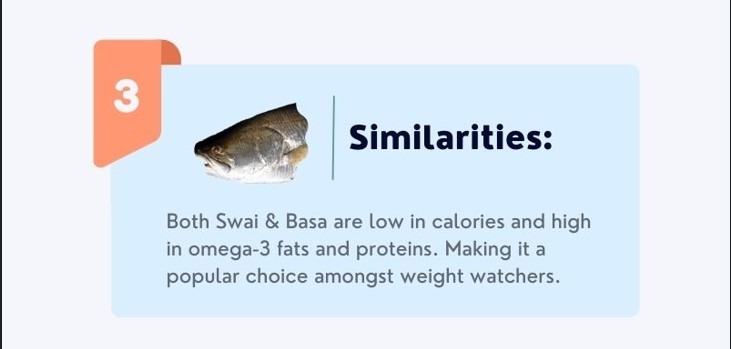

Swai vs Basa
Similarities:
– Both Swai & Basa are low in calories and high in omega-3 fats and proteins. Making it a popular choice amongst weight watchers.
– Freshwater fishes with a mild taste.
– Both fish have no scales, hence are neither Kosher nor Halal.
– Both fish have little bones compared to other freshwater fishes.
– Both are easily comparable to other mildly expensive white flesh fishes.
– Both are native to the Mekong regions of Southeast Asia.
– Both the species are mass-produced and exported on a large scale by Vietnam and similar regions due to their high demand.
– Both fishes are known to be wrongly labeled and supplied due to their low cost, sometimes to earn a few extra bucks and a lot of the time to avoid health claims.
– Both fishes are wrongly smeared for being unhealthy and a hazard to life. Whereas the truth is that not all Vietnamese farms are the same. Most farms operate under strict care and vigilance by the food and health authorities, for eg Australis Aquaculture.


Differences:
– Although similar in texture, Swai is coarser than Basa.
– While Basa has slightly thicker and fattier filets.
– Swai has a more off-white tinge to the flesh, while Basa is whiter.
– Swai is sold filleted and frozen in the US, while whole Basa can sometimes be found in large Vietnamese markets in the US.
– Basa is sold at a slightly higher price than Swai.
-It’s Probably because Swai is a lot faster and cheaper to raise than Basa.
– Swai is more popularly sold in the US, while Basa is popular with the locals in Vietnam.
Conclusion
With all the information we have shared, we are hoping that if you are ever put to the test and get questioned if Swai and Basa fish are the same, you can quickly tell them apart.
We would like to hear from you.
What do you think about Swai vs Basa? Have you been wondering just like myself if there were any differences between them? Share your thoughts via the comment box below.
